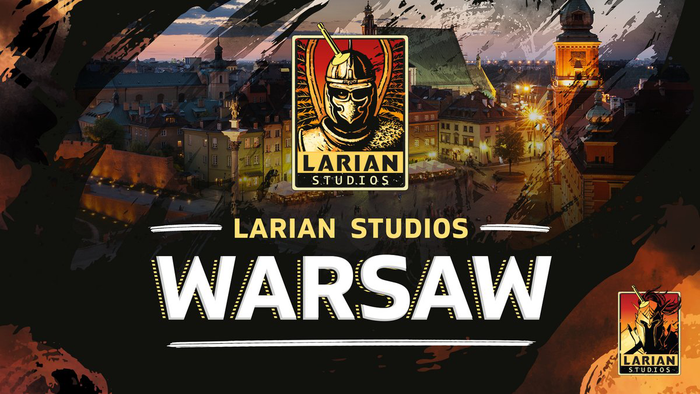GDC Online: Collaboration Key To Effective Storytelling, Says BioWare Austin
At GDC Online, writers with Star Wars: The Old Republic studio BioWare Austin stressed the importance of collaboration, stating, "It doesn’t matter what your area of expertise is -- you are a game designer."

At GDC Online in Austin Tuesday morning, writers at Star Wars: The Old Republic developer BioWare Austin stressed the importance of collaboration with other non-writing disciplines. "BioWare writers are very different from other writers in the games industry," said Hall Hood, senior writer at the studio. "BioWare writers come on very early in development." In the video game industry, it’s not uncommon for a game developer to hire on a contracted writer to tie up dialogue after the game is already deep into development, when all of the main story hooks are set in stone. Writers, although often used to working in isolation, need to learn how to collaborate with artists, designers, sound and other departments, said Hall -- it’s a group effort. "Unless you’re creating a text adventure, the writer is never in charge of the storytelling," he said. Hood said writers typically focus on the building blocks of a good story – characters, plot and dialog — but he argued that even more important than those elements are theme, style, and setting integrity. He explained, "Theme, style, and setting integrity are more important factors and require collaboration. …Theme is the oxygen of narrative. You don’t need to see it to notice when it’s missing…Theme is what gives a game a life." "Even when you don’t care about the thematic subtext … the fact that it’s there gives the narrative depth -- that there’s [more of] a point to what’s going on than blowing up stuff," said Hood. And developing that theme during the game creation process requires collaboration, he added. "When everybody understands what the point of the narrative is, then everyone can get together and contribute things to it." Hood also said style and setting integrity can be tested by examining the style and setting of a game, and making sure that everything melds. Lots of different things can be fun and cool individually, but combining them doesn’t always work. "Style and setting integrity can be sabotaged if you and your collaborators get careless," Hood said. "… Developers must constantly ask themselves ‘does this belong?’" Hood said writing and designing need to be collaborative at all times -- when the writing team has strong theme, style and setting integrity, "that’s when you have content that will linger in the player’s imagination." Collaboration with other departments also means that the writer has to be flexible. "Falling in love with your own work... That’s a recipe for disaster," said Wynne McLaughlin, a former screenwriter and current senior designer at BioWare Austin. He acknowledged that killing an idea that you’re attached to is "the most painful thing you can go through in any creative field." But he said not to dwell on it – that idea lives in the mind of the writer, and will come back and be usable in some other form. And as focused as BioWare is on game narrative, the bottom line is that the game must be engaging. Blake Rebouche, a contract world designer and scripter at BioWare Austin said, "Gameplay isn’t always about fun. … What’s important is to engage the player ... No one is going to complain if they are fully engaged." Hood said collaboration is key to making an engaging game. "I really enjoy the collaborative process…It doesn’t matter what your area of expertise is -- you are a game designer."
Read more about:
event gdcAbout the Author(s)
You May Also Like













